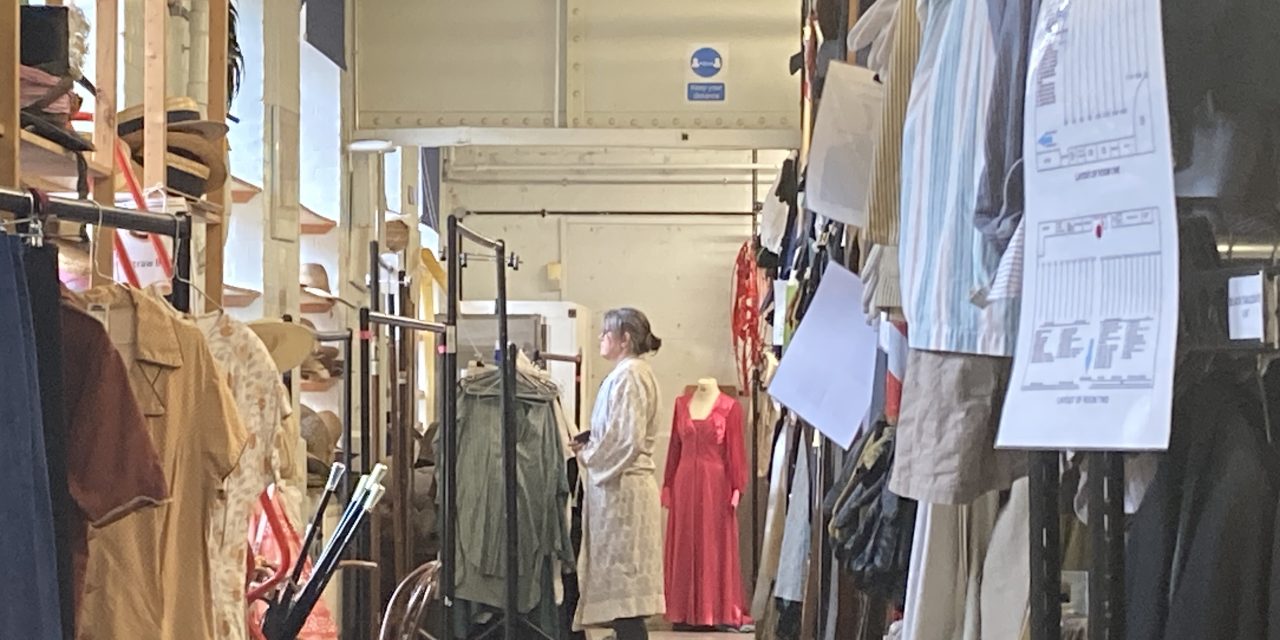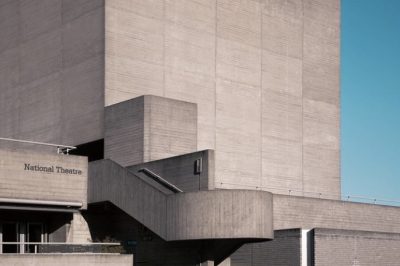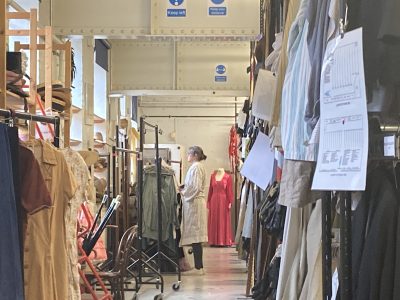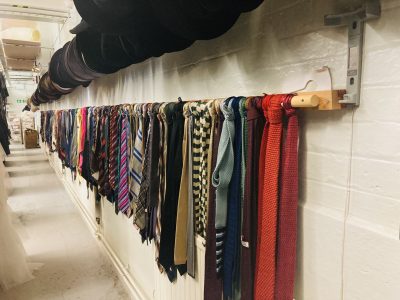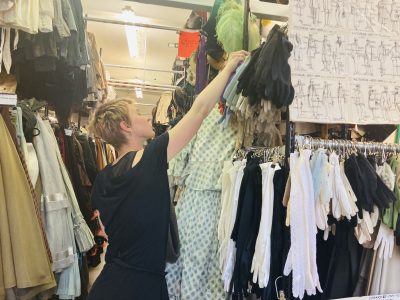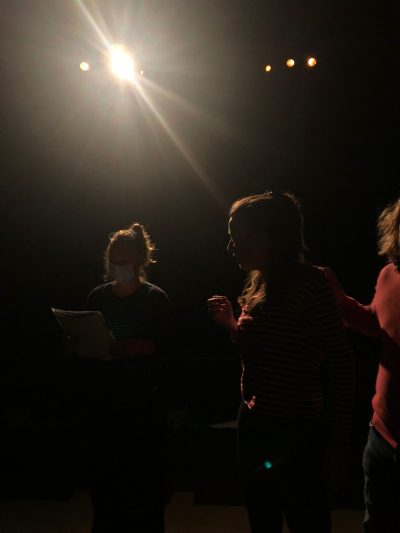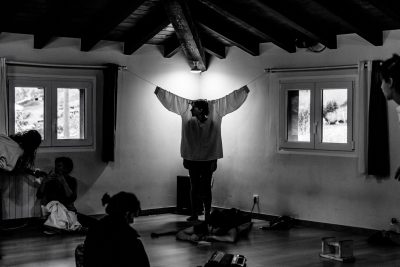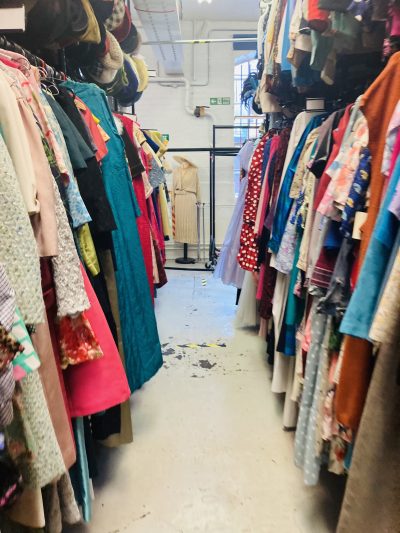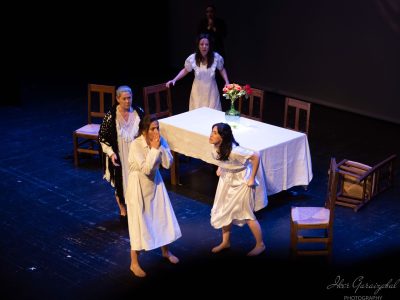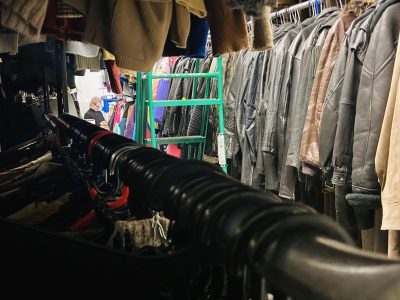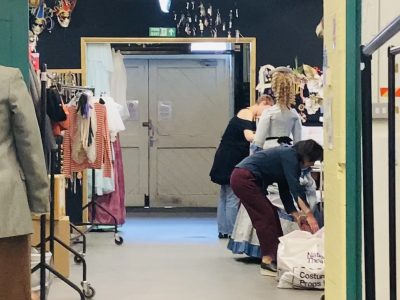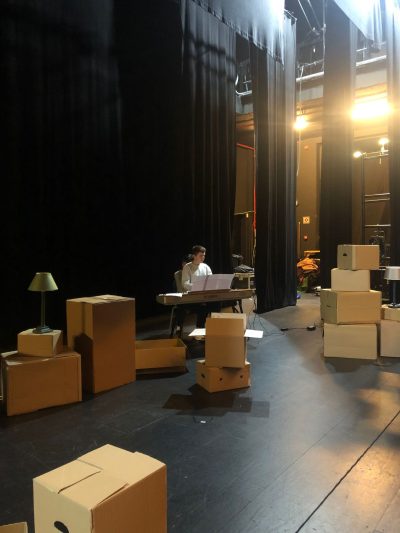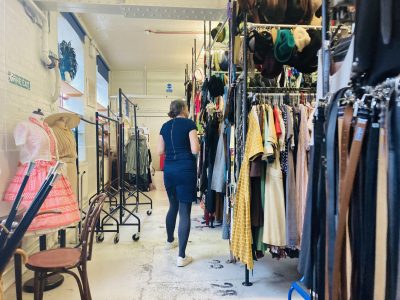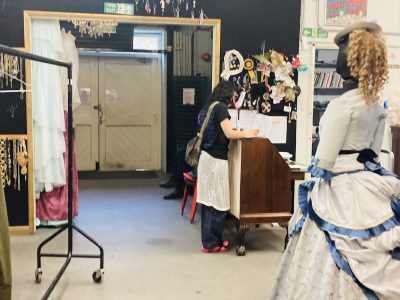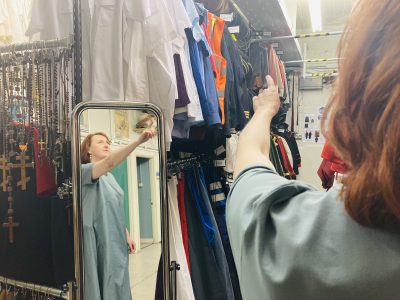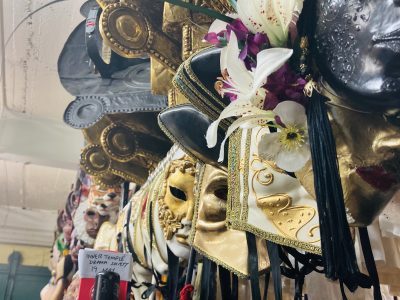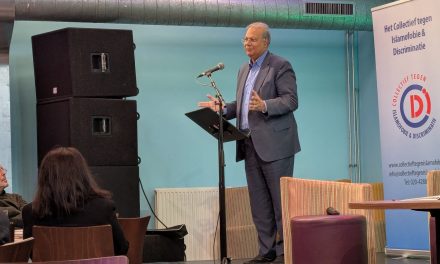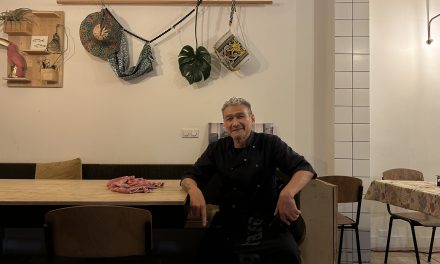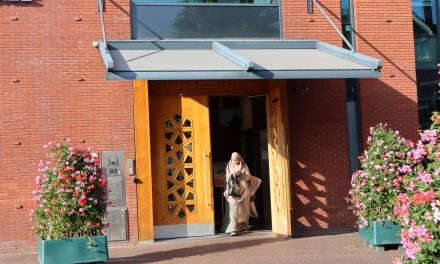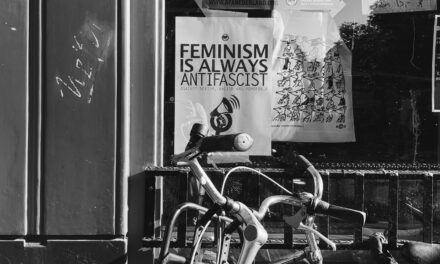In the UK, where creativity and technological advances rule the arts, it is essential to appreciate the fundamentals that hold up contemporary theatrical expression. Costumes play a crucial role in bringing characters to life, capturing the essence of past eras and enriching the visual narrative of theatrical works. Their preservation and continued use is therefore a reflection of the lasting impact of British theatrical history on today’s stage culture.
Classical plays continue to take the front stage in British theatres despite the country’s rapidly changing and developing cultural scene. Renowned writers’ productions are produced annually, supporting the link between the present and the past. In this context, the National Theatre, based in London and regarded as an internationally renowned theatre institution, plays a key role in many aspects of British theatre. From its commitment to funding and promoting theatrical productions to its educational work and the preservation of archives and scripts, the institution has become a mainstay of the theatre scene. However, there is one part of its operation that often goes unnoticed, but which plays a crucial role in protecting Britain’s theatrical heritage: its Costume Hire Department. It serves as a visual reflection of the significant influence that British theatrical history has had on contemporary stage culture through its extensive collection of 70,000 costumes across a variety of eras and styles and its committed employees.
The evolution of British theatre culture from its early days to the present has seen significant changes in terms of venues, audiences, themes, and artistic approaches; for example, in Early Modern England, theatres looked like open-air arenas and focused on religious themes, while contemporary theatres are now equipped with advanced technology and respond to a diverse audience and explore a wide range of subjects, from social issues to human relationships. But just as theatre has changed over time, so too have the costumes worn by the actors. Early British theatre dedicated close attention to historical authenticity and used costumes to create an immersive experience. These elaborate outfits contributed to the whole visual spectacle and allowed the audience to travel to several eras. But in modern theatre, clothing has evolved to suit the directors’ and designers’ changing aesthetic and artistic goals. They may be used to express symbolic meaning, evoke feelings, or question fixed ideas about gender and identity. Despite these changes, the preservation and continued usage of period costumes demonstrate the long-lasting influence of historical theatre on the present-day British theatre scene.
Through its ongoing promotion, non-commercial theatres and subsidized organizations like the renowned National Theatre play a crucial part in preserving the spirit of British historical plays. Imamul Mameen, stage manager of Westminster’s Drama School, claims that while musicals like Mama Mia are the main productions in commercial theatres like those in London and many other cities, the first Elizabethan period of Shakespeare plays will always predominate and remain embedded in British culture, similar to Winston Churchill, eggs and bacon for English breakfast, etc. These government-funded venues keep showcasing the classic appeal of early Elizabethan plays, including well-known pieces by William Shakespeare that have always had a significant influence on British culture. Its commitment to staging these historic productions serves as a testament to the enduring value and influence of such plays.
With the latter in mind, without including those that are reused for National Theatre plays, the Costume Hire Department of the National Theatre rents over 12,000 costumes per season. Because the department’s extensive collection of preserved costumes is designed to meet the needs of classical theatre productions, the department serves a wide range of clients, including theatre and opera companies, educational institutions, film and television productions, stylists, photographers, and event organizers. In fact, because its work has been featured in acclaimed publications like Dazed, Harper’s Bazaar, and Vogue, its fame extends beyond the boundaries of theatre. However, the most remarkable customer of all turns out to be the schools that play an essential role in keeping the theatrical tradition alive. By staging classical productions each year, they offer students the opportunity to experience a transformation by embodying characters and embracing the theatrical heritage associated with the costumes they wear. “We often see school students be fitted into a costume and suddenly they stand and walk differently as they take on the character, especially if they spot a renowned actor’s name in the label”, says Liz Murray, manager of the National Theatre Costume Hire Department.
Parallel to the demand for British historical theatre productions, there is an ongoing need for authentic costumes that transport audiences back in time. Although demand extends beyond Shakespeare and Marlowe to productions set in crucial historical periods such as the First World War, stage director Imamul Mameen notes a “noticeable shift” in the demand for vintage historical costumes. This observation suggests a possible reduction in the production and use of these costumes in contemporary theatre as balancing the preservation of historic costumes with the creative vision of contemporary productions poses a unique challenge. While the department’s collection consists primarily of period clothing, the National Theatre has been supporting modern plays more and more over the past ten years. As a result, the inventory has grown to include modern costumes in order to meet the diverse needs of clients from theatre companies and educational institutions to the film and fashion industries. This adaptability motivates and can have an impact on creative decisions that vary from the initial idea, giving both historical and modern productions fresh life.
However, British theatre culture is still evolving and open to fresh interpretations. Modern adaptations of Shakespeare’s plays have chosen to include contemporary aspects, even in the context of historical staging. These artistic choices frequently involve sticking to the original script while using modern sets, costumes, and props. This approach allows audiences to approach these timeless plays in a fresh and relevant way, bridging the past and the present.
“The curriculum usually involves several theatre companies putting on several classical productions a year; however, they may stage a classic, such as a Shakespeare tragedy, but stage it and dress it up in a very contemporary way. When we get some productions, the designer may have created an 18th-century costume but with a modern twist,” says Liz Murray. “Television and film can influence the type of hires that are requested. After Bridgerton we’ve seen an increase in Regency productions, but Game of Thrones and The Crown have also had an influence. For us it’s always exciting when we bring back a beautiful period show, as it shows the enduring influence of British theatre history on today’s theatre culture.”
In the same way, difficulties arise when it comes to incorporating historical costumes into contemporary productions, especially due to financial limitations. Although there are highly skilled costume designers, many of them work for conventional companies, often at low salaries. This financial limitation can restrict the quality of historical costumes in contemporary productions. Despite the difficulties, the preservation and use of historical costumes play a vital role in defining the overall identity not only of British theatrical culture but also in exporting that culture to international audiences during overseas productions. And this is where the National Theatre’s Hire department once again comes into play: through their work these costumes become an emblem of British theatrical heritage, showcasing the rich history and traditions of the nation’s stage design.
“Costumes from historical British theatre productions add considerable value and authenticity to the project and hold great significance in connecting the past and present within the theatre. While all productions possess elements of artistic license, they also serve as partial history lessons”, states Imamul Ameen. “For example, costumes from the period enable the audience to visually experience different eras and historical narratives and to get into the world of ‘old English’ culture/language used, and feel familiar.”
Therefore, the continuous use of clothing in modern British theatre offers a distinct indicator of the significant influence of British theatrical history on current stage culture. The demand for historically accurate costumes and the addition of modern elements to historical adaptations demonstrate how dynamic British theatre culture is. As theatre continues to evolve, the presence of British historical theatre remains a defining aspect, shaping the narrative and aesthetic of contemporary productions. Therefore, through the work of the conservation and costume hire of the National Theatre’s Costume Hire Department and all other jobs that are related to costumes, the enduring legacy of British theatre history is celebrated, and its cultural significance is preserved for future generations.
